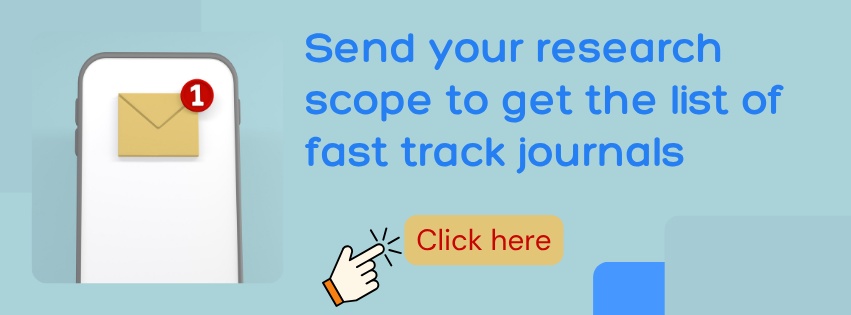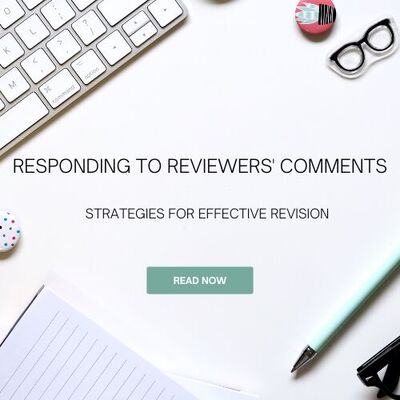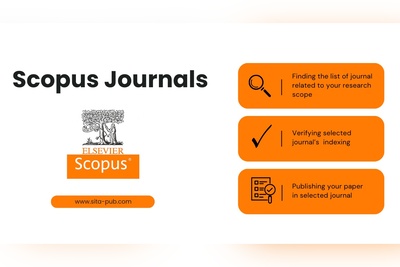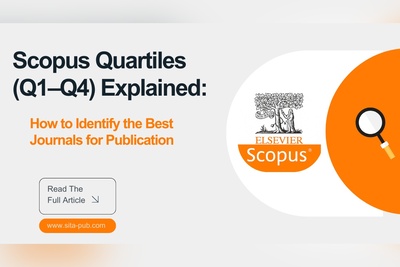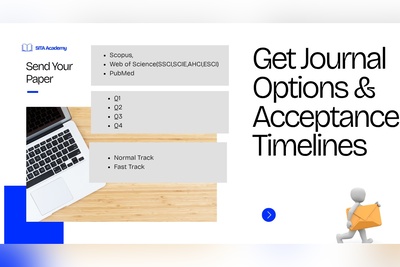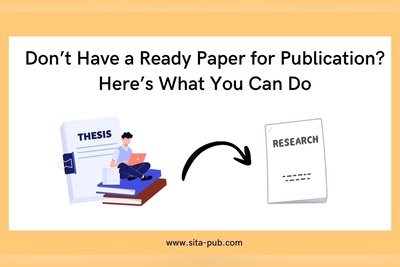The Ultimate Timeline for Publishing Your First Research Paper
Ready to publish your first research paper in top journals like Scopus, PubMed, or ISI? Discover the insider timeline—from choosing the right journal to navigating peer review—and learn how to turn your hard work into a published success that boosts your academic journey.
- Current Academic Status: Where Are You Now?
- Step 1: Final Check — Structure Your Paper to the Standard
- Step 2: Journal Selection — The Most Critical Decision
- Step 3: Study the “Instructions for Authors” Thoroughly
- Step 4: Submission — Beginning the Review Process
- Step 5: The Peer Review Process — Waiting and Responding
- Step 6: Revision and Resubmission
- Step 7: Acceptance and Publication Timeline
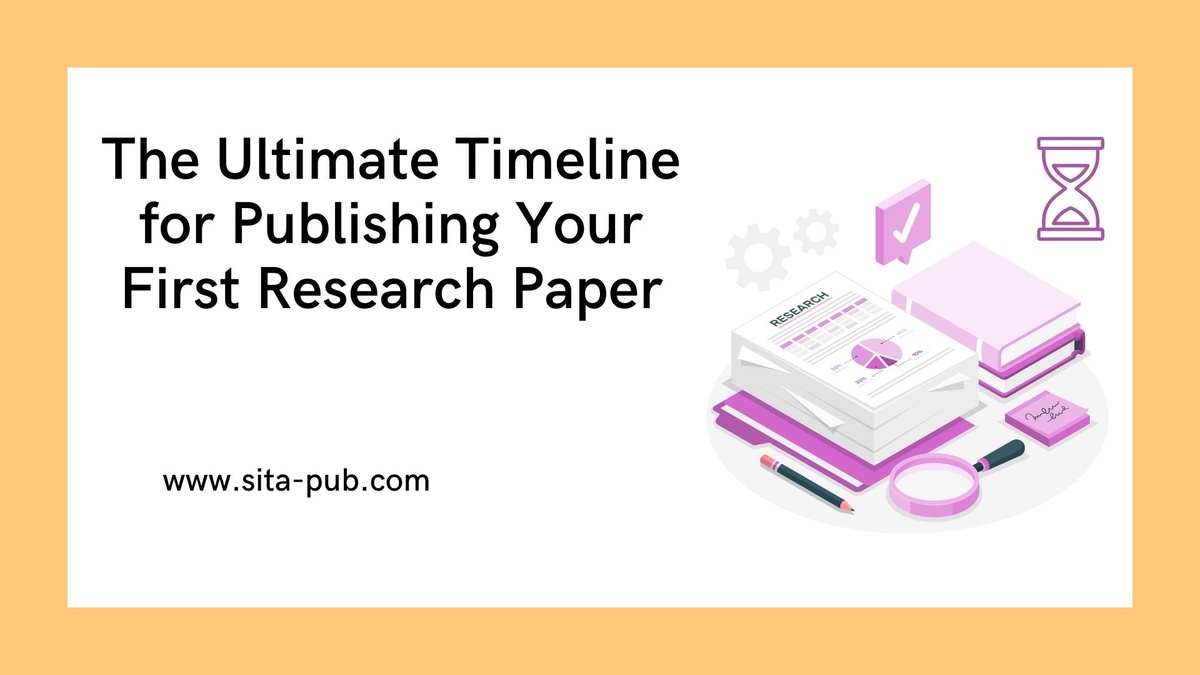
Whether you're a graduate student, a junior researcher, or a professional aiming to contribute to your field, understanding the entire publication process is crucial. This guide breaks down the timeline of publishing your first research paper—from finalizing your manuscript to seeing it published—and explains each step clearly.
Current Academic Status: Where Are You Now?

You’ve probably spent months, maybe years, conducting your research and finally finished writing your paper. The data is analyzed, the arguments are laid out, and your conclusions are ready. Now, the question is: Where do you publish?
Finding the right journal can feel overwhelming. It’s not just about picking any journal—it’s about choosing the right journal that fits your research topic, your academic goals, and the standards required by your institution or funding body.
Step 1: Final Check — Structure Your Paper to the Standard
Before diving into journal selection, make sure your paper’s structure follows the typical standard expected in academic publishing. Most research papers follow this basic structure:
Title and Abstract: Clear, concise, and informative.
Introduction: Sets up the problem, objectives, and background.
Methods: Details your research design and procedures.
Results: Presents your data without interpretation.
Discussion: Interprets results, compares with existing studies, and explains significance.
Conclusion: Summarizes findings and future directions.
References: Complete and correctly formatted bibliography.
Double-check for clarity, grammar, and formatting. A well-structured paper not only makes a better impression but also improves the chance of passing the initial editorial review.
Step 2: Journal Selection — The Most Critical Decision
Match Your Research Topic and Journal Scope
Start by searching for journals that publish research in your field. The scope of the journal should align closely with your paper’s topic. For example, if your work is about renewable energy, look for journals specializing in environmental science or energy studies.
Check the Indexing and Quartile Ranking
Many researchers aim to publish in journals indexed by recognized databases such as Scopus or Web of Science. These databases reflect the journal’s visibility and academic impact. Journals are often categorized into quartiles (Q1 to Q4), with Q1 representing the top 25% in terms of impact.
Investigate Journal Metrics and Policies
Impact Factor or SJR Score: Indicates journal influence.
Acceptance Rate: Some journals publish statistics; low acceptance rates mean higher competition.
Publication Timeline: Some journals provide average times from submission to decision and publication.
Article Processing Charges (APCs): Especially relevant for open access journals; fees may vary widely.
Confirm With Your Supervisor or Institution
Before finalizing, consult your supervisor, advisor, or your institution’s research office. They might have preferences or agreements with certain journals or publishers.
Step 3: Study the “Instructions for Authors” Thoroughly
Every journal has a detailed set of guidelines for authors—often called “Instructions for Authors” or “Author Guidelines.” These documents are essential and must be followed carefully.
Key Elements to Pay Attention To:
Manuscript Format: Font size, margins, line spacing, section headings.
Word Limit: Some journals have strict limits on manuscript length.
Citation Style: APA, MLA, Chicago, Vancouver, or specific styles.
Figures and Tables: Format, resolution, number limits.
Supplementary Materials: Data sets, appendices, or multimedia.
Language and Style: Some journals recommend or require native-level English or professional editing.
Important Details to Prepare:
Author Affiliations: Full official names of your institution(s).
ORCID ID: Many journals now require an ORCID identifier to link your research outputs.
Corresponding Author Contact Info: Email and phone number.
Cover Letter: A concise letter explaining the importance of your work and why the journal is a good fit.
Following these guidelines exactly helps avoid desk rejection (rejection before peer review).
Step 4: Submission — Beginning the Review Process
Once your paper is polished and matches the journal’s criteria, you can submit it—usually via an online submission system.

What Happens After Submission?
Initial Check by Editorial Office: Editors verify compliance with guidelines and scope.
Desk Review: Editors may reject outright if the paper is out of scope or poorly prepared.
Assignment to Peer Reviewers: If passed, your paper is sent to experts in the field.
Step 5: The Peer Review Process — Waiting and Responding
Peer review is often the longest and most critical stage.

Timeline Expectations
It can take anywhere from 4 to 12 weeks or more for journals to complete the peer review.
Some journals offer tracking systems so you can monitor your manuscript’s status online.

Types of Peer Review
Single-blind: Reviewers know authors’ identities.
Double-blind: Both reviewers and authors are anonymous.
Open peer review: Identities are known, and sometimes reviews are published.
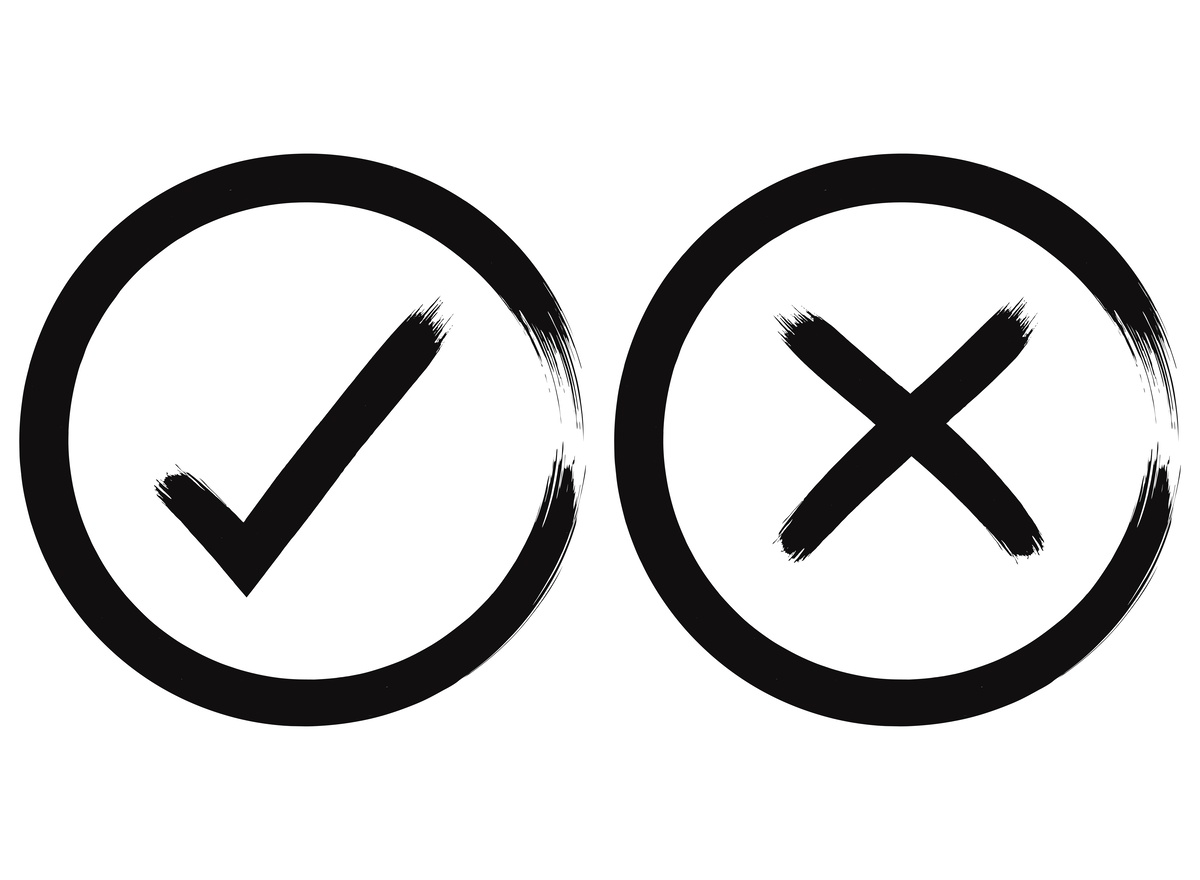
Possible Outcomes
Accept without changes: Rare for first submissions.
Minor revisions: Small fixes and clarifications.
Major revisions: Significant rewriting or additional experiments.
Reject: Paper does not meet standards or fit the journal’s scope.
Step 6: Revision and Resubmission
If revisions are requested, take them seriously.
Address all reviewer comments carefully.
Provide a clear, polite response letter explaining how you tackled each point.
Revise your manuscript accordingly and resubmit.
This stage might repeat if further review rounds are necessary.
Step 7: Acceptance and Publication Timeline
Once accepted, the journal will notify you about the publication process and send you the acceptance letter.
What Comes Next?
Proofreading: You’ll receive page proofs to correct minor errors.
Online First Publication: Many journals publish articles online before the print version.
Print Publication: Scheduled in a future journal issue.
Timeline Varies by Journal
Some journals publish accepted papers online within weeks.
Others might take several months before formal publication.

Final Tips for Your Publication Journey
Stay patient and organized. Keep track of all correspondence.
Communicate professionally with editors and reviewers.
Seek support from mentors or colleagues if you receive critical feedback.
Keep working on new research while waiting to publish.
Publishing your first research paper may seem complicated at first, but understanding this timeline and preparing carefully at each step makes the process smoother and more successful. With perseverance and attention to detail, you’ll soon see your research contributing to the wider scientific community.
Publication Assistance at SITA Academy
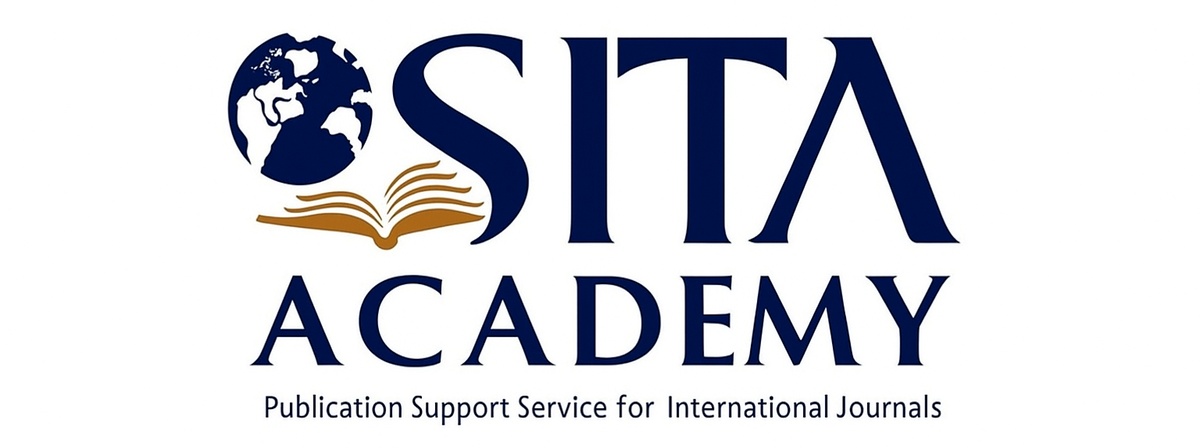
Challenges for First-Time Authors
Publishing your first research paper can be overwhelming. From selecting the right journal to meeting detailed submission requirements, many new researchers face uncertainty and delays.
Our Expertise Minimizes Your Timeline
At SITA Academy, we use professional services and deep experience to streamline every step of the publication process. By handling journal selection, manuscript preparation, and submission efficiently, we help reduce your timeline and increase your chances of success.
Process of Submitting an Order in SITA Academy

Share Your Research Scope |

Receive Journal List |

Select Your Journal |

Formatting & Submission |
